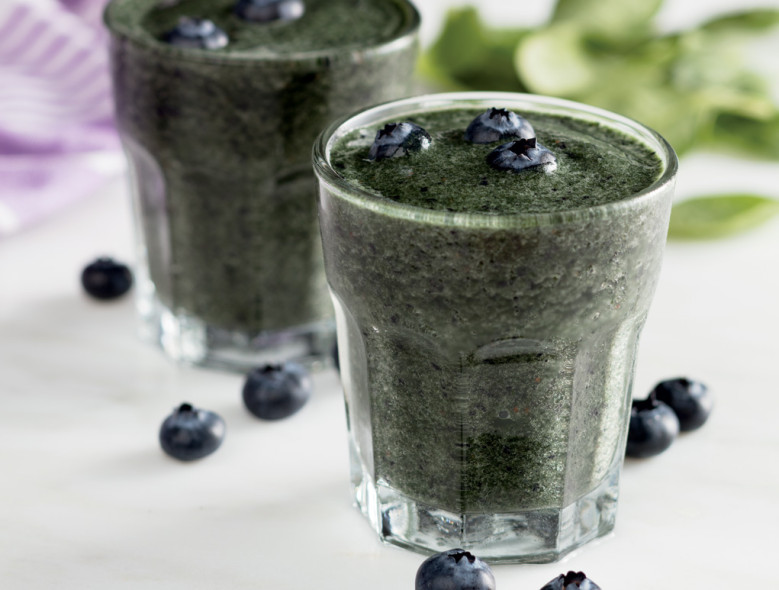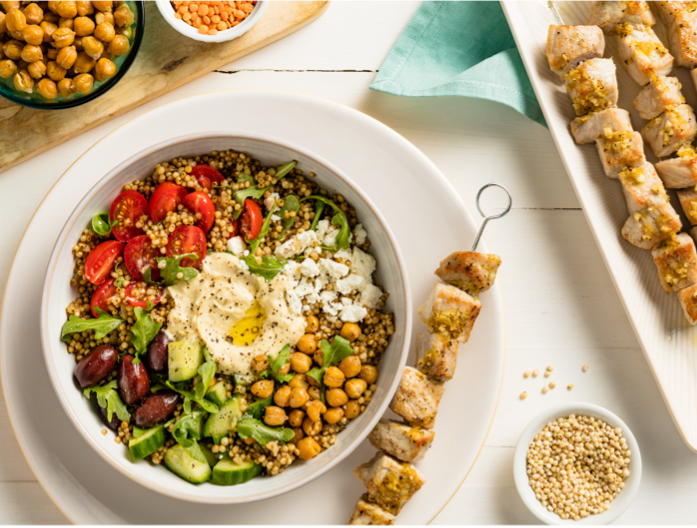Ask the Experts: What is the ADA Diet?
Nutrition information in the media around diabetes meal planning is complicated and constantly changing. Type "diabetic diet" into a search engine and you're going to get thousands of confusing results. Should you be vegan? Low-carb? Keto? Should you cut out fat or eat nothing but fat? Everyone seems to be suggesting something different. So what is the American Diabetes Association diabetes diet?












